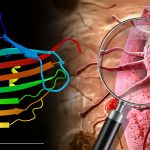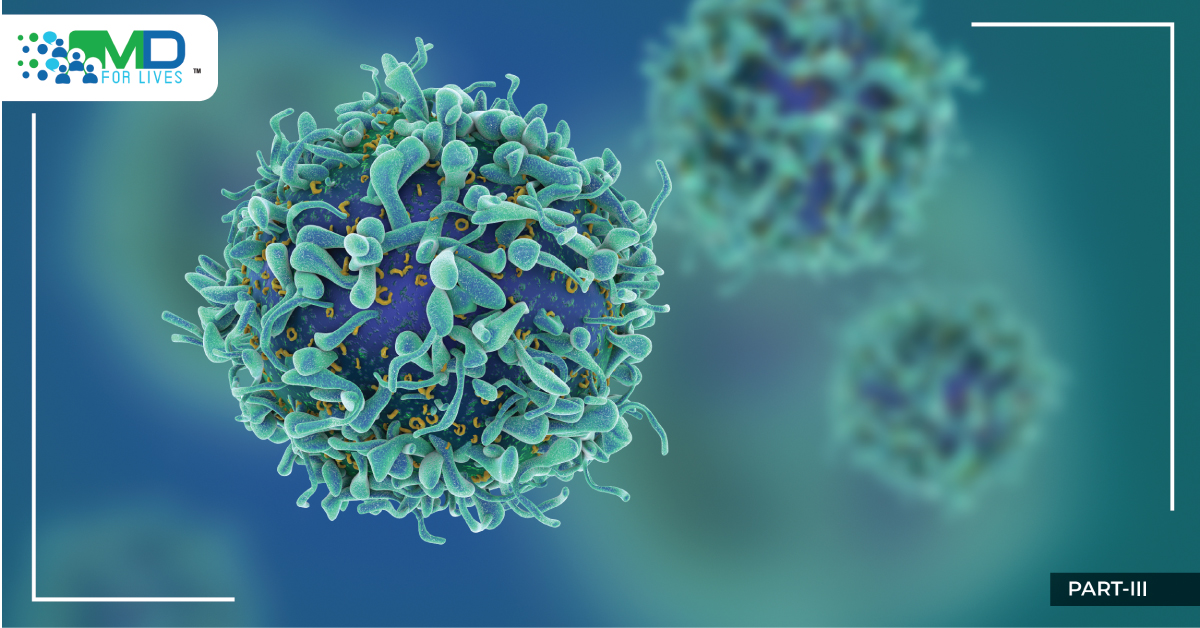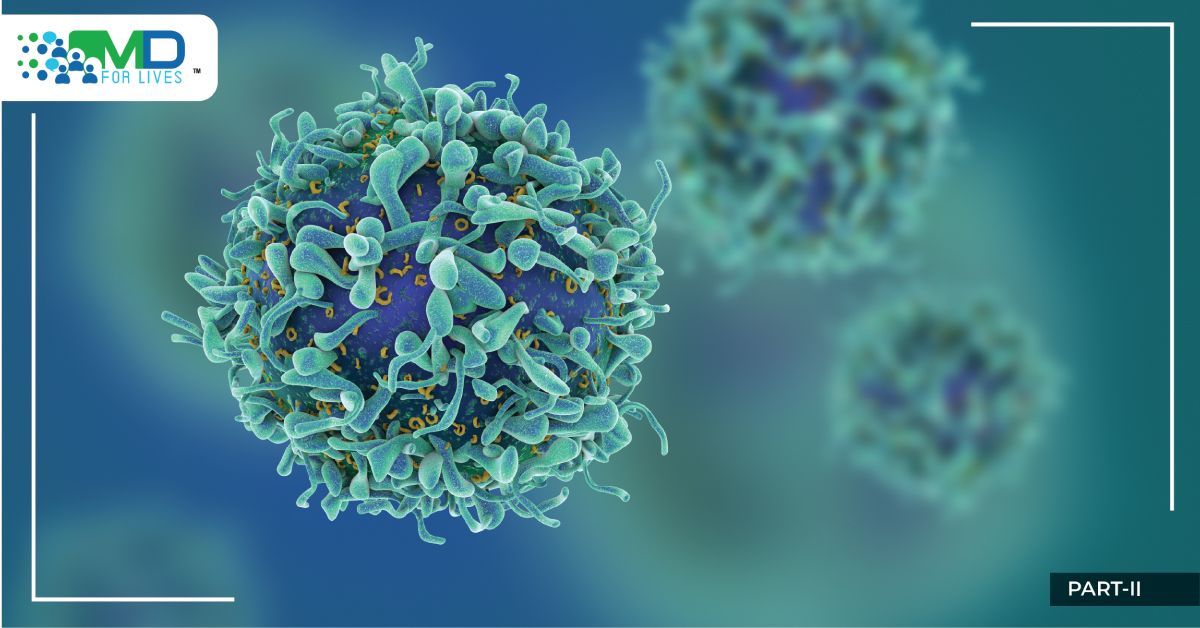Cystic fibrosis treatment has changed greatly in the past decade. Newer cystic fibrosis drugs called CFTR modulators have improved lung function and quality of life for many patients, and a number of these therapies are now on the market in the US.1,2,3
However, these drugs do not work for all patients. Multiple experimental CF therapeutics are in preclinical or clinical studies, including drugs that could potentially be helpful for patients with few other options. These include antisense oligonucleotides, protein amplifiers, and read-through agents.1,2,4
Cystic fibrosis causes and consequences
Cystic fibrosis is caused by a wide range of mutations in the CFTR gene, which encodes an ion channel protein called the cystic fibrosis transmembrane conductance regulator (CFTR). CFTR is responsible for transporting chloride and bicarbonate across the cell membranes of epithelial cells.1

In cystic fibrosis, the lack of fully functional CFTR leads to dysregulated water balance on epithelial surfaces, the buildup of thickened mucus, and in turn, chronic inflammation and high susceptibility to infections. The lungs are the most affected, and most morbidity and mortality are the result of patients’ progressive lung damage. The pancreas, sweat glands, and intestine are also affected, and some patients develop complications relating to these organs

Over 1700 disease-causing mutations are known, and these are grouped into five or six categories.1, The specific mutation a patient has affects their disease severity and manifestations. The most common type of cystic fibrosis-causing mutation in CFTR leads to a misfolded protein, which is more susceptible to degradation and does not function as well at the cell membrane.1
Earlier cystic fibrosis treatments
In the 1950s and earlier, most cystic fibrosis patients died in early childhood. The development of more effective physical therapy for clearing the airways, antibiotics, nutritional therapy, bronchodilators, and symptomatic treatments extended many patients’ lives into their 20s, 30s, and 40s.3 Dornase alfa (sold as Pulmozyme and used since the 1990s) is a cystic fibrosis-specific mucolytic used to help clear the thickened mucus from patients’ lungs.5 These became the mainstay of cystic fibrosis treatments before the rise of CFTR modulators.
How do current CFTR-modulating cystic fibrosis drugs work?
CFTR modulators are now extending life expectancy even further for many patients. For patients who have some CFTR proteins, even if it is abnormal or present only at low levels, CFTR modulators can often help. CFTR correctors, like lumacaftor, tezacaftor, and several newer molecules, can help these abnormal proteins function better, in turn improving patients’ lung function.1

CFTR modulators have led to major improvements in quality of life and survival for many cystic fibrosis patients.2,3 However, their effectiveness depends on the specific mutation, and current CFTR modulators do not work well for patients with certain classes of mutations.1
New treatments in the pipeline
Several strategies for cystic fibrosis drug development are under study.
Read-through agents can cause the ribosome to continue with translation when they encounter a STOP codon, incorporating one abnormal amino acid but producing a full-length protein. This could potentially help the roughly 10% of cystic fibrosis patients who have a premature STOP codon in their CFTR gene.1
Along similar lines, exon-skipping drugs could allow an exon containing a premature STOP codon to be left out of the protein entirely.1,4 The drugs being developed for this purpose are antisense oligonucleotides – short nucleic acid-like molecules targeted to bind to a specific mRNA molecule within cells. If it works, this strategy would produce a shorter, yet still partially functional, protein even in the presence of a premature STOP codon. 1,4
Certain mutations cause only a small amount of mature CFTR protein to be produced. Protein amplifiers- drugs that would increase the production or maturation of CFTR proteins- are under study for patients with this class of mutations. Several of these therapies are now being tested in patients.1,6
If these molecules find success in clinical trials, they could potentially be used in combination with each other or with CFTR modulators already on the market to further rescue protein function and lung health in people with cystic fibrosis.1,3 These advances could make a huge difference for patients who currently have few options or for whom the current options are not very effective.1,4
References
- https://www.frontiersin.org/articles/10.3389/fphar.2019.01662/full
- https://www.hhmi.org/news/cystic-fibrosis-drugs-can-be-life-changing-patients-new-images-reveal-how-these-molecules-work
- https://www.biospace.com/article/cystic-fibrosis-one-patient-s-story-current-treatments-and-exciting-new-therapies-on-the-horizon/
- https://cysticfibrosisnewstoday.com/2022/01/28/exon-skipping-shows-promise-cf-nonsense-mutations/
- https://www.ncbi.nlm.nih.gov/books/NBK556018/






